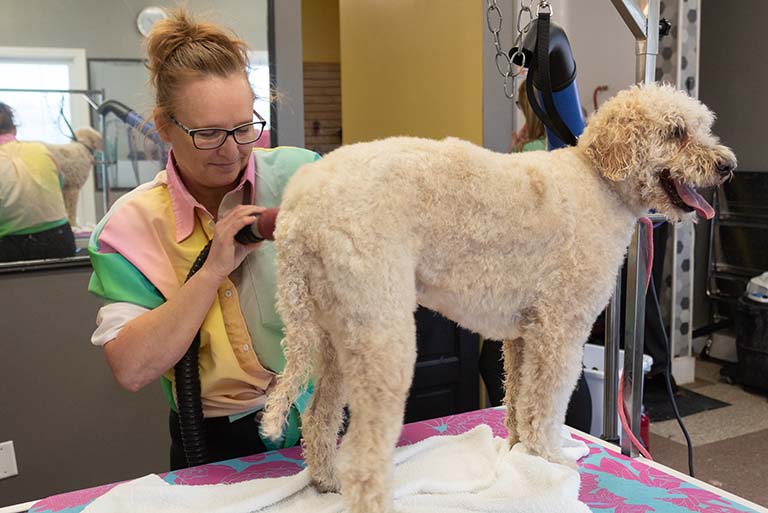Understanding how your dog’s environment and lifestyle impact their grooming needs is essential for maintaining their health and comfort. Whether your furry friend is navigating the bustling city streets or exploring rural landscapes, their living conditions and daily activities can significantly influence their coat and skin condition. Urban environments expose pets to pollutants and dust, while rural settings bring natural debris and allergens. Similarly, climate variations and lifestyle factors like activity levels and exercise types further dictate the grooming requirements. By aligning your grooming practices with your dog’s specific circumstances, you can ensure they remain clean, comfortable and healthy.
Environmental Factors
Urban vs. Rural Living
In urban areas, pets are often exposed to higher levels of pollutants such as vehicle emissions, industrial waste and dust from construction. These can cling to a pet’s coat, making it appear dirty more quickly and potentially leading to skin irritation. As a result, pets in urban settings may require more frequent baths to keep their coat clean and free from harmful residues.
Conversely, rural pets are more likely to encounter natural dirt, mud and allergens like pollen and plant matter. While these substances might not be as harsh as urban pollutants, they can still accumulate in a pet’s coat, particularly after outdoor adventures. Rural dogs might not need as many baths as their urban counterparts, but regular grooming is essential to prevent matting and remove debris.
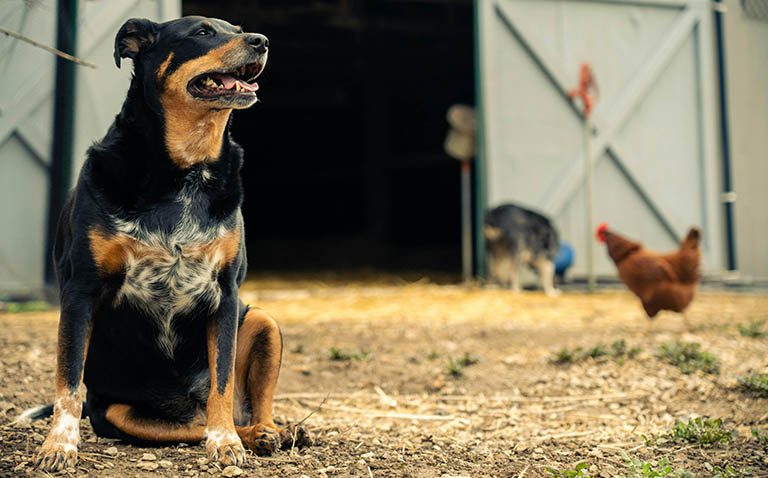
Climate Considerations
Climate plays a crucial role in a pet’s skin and coat condition, necessitating adjustments to grooming routines based on seasonal changes. In hot and humid climates, pets are more prone to issues like moisture buildup in their coat, which can lead to skin irritations, hot spots and a higher risk of fungal infections. Regular brushing is essential to promote air circulation through the coat, and more frequent baths with a gentle, moisturizing shampoo may be needed to keep the skin healthy and cool.
In colder climates, pets often develop thicker coats to stay warm, which can lead to matting and tangling if not properly maintained. Dry, cold air can also cause the skin to become flaky and itchy, so it’s important to incorporate moisturizing products into the grooming routine. As the seasons change, so should your pet’s grooming routine. For example, during shedding seasons in spring and fall, more frequent brushing helps manage excess hair and prevent matting. Incorporating a deshedding treatment, like the one offered by Smoochie Pooch, can greatly reduce the amount of dead undercoat on your dog, making seasonal grooming more effective and helping to manage excess hair and prevent matting.
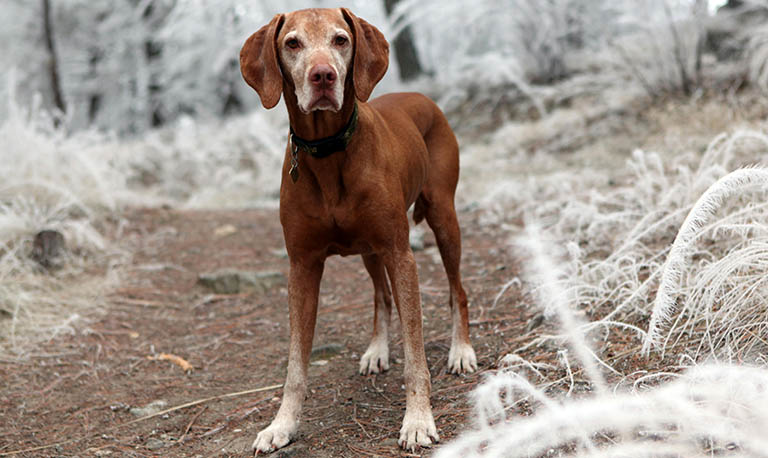
Indoor vs. Outdoor Living
Pets who frequently go outdoors are exposed to more dirt, parasites and allergens, necessitating frequent baths and brushing to remove debris and prevent matting. Regular grooming is also essential for detecting and removing ticks and fleas. Additionally, their paw pads may require extra care, including balm application, due to the wear and tear from walking on rough surfaces.
Indoor pets, with less exposure to dirt and grime, need less intensive grooming. However, regular grooming is still crucial to manage shedding, maintain healthy skin and keep their coat shiny. Their nails may also need more frequent trimming since they aren’t naturally worn down by walking on hard surfaces like concrete.
Lifestyle Factors
Activity Level
High-energy dogs that are frequently on the move tend to accumulate more dirt, mud and debris in their coat. This requires more frequent grooming to keep them clean and prevent skin irritations. Regular brushing and baths are essential to manage their active lifestyle and ensure their coat remains in good condition.
On the other hand, low-energy dogs, while less likely to get dirty, can still face grooming challenges. If their grooming routine is neglected, they may be prone to matting and skin issues due to reduced movement and circulation. Regular brushing is crucial to avoid these problems.
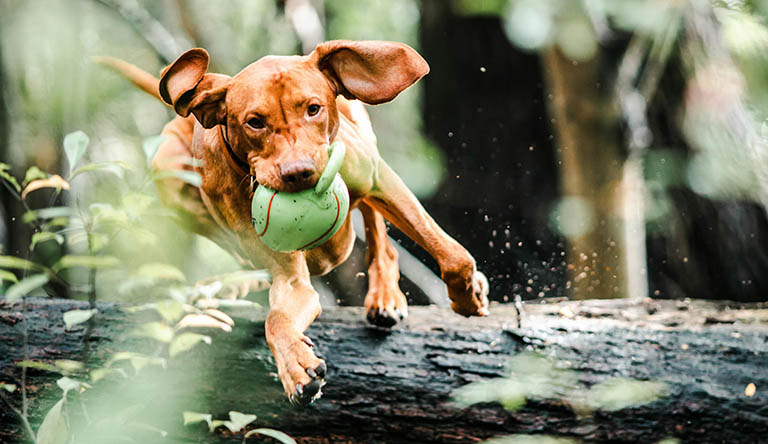
Type of Exercise
Dogs that swim need special care, particularly for their ears and coat, to prevent moisture buildup that can lead to infections or skin issues. Proper drying after each swim is important. Dogs that enjoy hiking or other outdoor adventures are often exposed to ticks, burrs and debris. A thorough check and grooming session after each outing is essential to remove any foreign objects and prevent potential health issues.
Watch this video to properly know how to check for ticks.
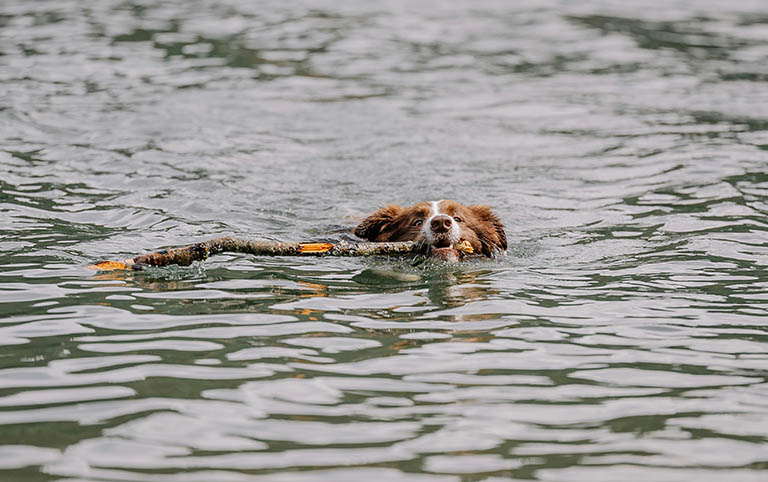
Diet and Nutrition
Poor diet can lead to skin and coat problems that increase grooming needs. For instance, a lack of essential fatty acids can cause dry skin and a dull coat, leading to more frequent brushing and moisturizing. Protein shortages may result in thinning hair or excessive shedding. Food allergies can cause itching and hot spots, requiring additional grooming.
A balanced diet is crucial for keeping your dog’s skin and coat healthy. Key nutrients like omega-3 and omega-6 fatty acids, vitamins A and E and high-quality proteins help maintain a shiny coat and healthy skin. Omega-3s reduce inflammation and dryness, vitamins A and E support skin repair and proteins strengthen hair. Ensuring your dog gets these nutrients will help keep their coat vibrant and reduce grooming issues.
Tailoring a Grooming Schedule
To create an effective grooming schedule, first assess the environmental and lifestyle factors influencing your dog’s grooming needs, such as their activity level, type of exercise, climate and whether they live mostly indoors or outdoors. Based on this assessment, establish a personalized grooming routine that includes regular baths, brushing, nail trimming and ear cleaning to prevent issues like matting, skin irritations and overgrown nails.
For dogs with complex coats, severe matting, specific skin conditions or breeds requiring specialized care like hand-stripping or intricate haircuts, professional grooming services may be necessary to ensure proper care.
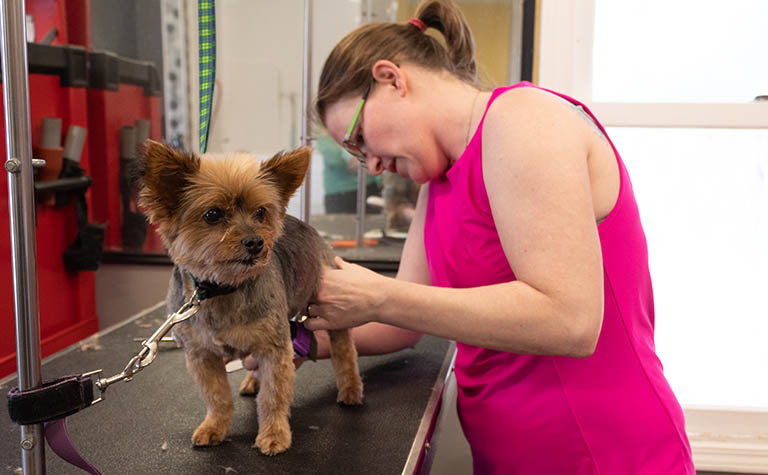
Incorporating Lifestyle and Environment into Grooming
Incorporating your dog’s environment and lifestyle into their grooming routine is key to addressing their unique needs effectively. Urban and rural settings each present distinct challenges, from pollutants and allergens to natural dirt and debris. Additionally, climate and activity levels play crucial roles in shaping the frequency and type of grooming required. By evaluating these factors and tailoring a grooming schedule accordingly, you can help prevent common issues like matting, skin irritations and infections. Regular grooming adjusted to your dog’s specific environment and lifestyle not only keeps them looking their best but also promotes their overall well-being and happiness.


